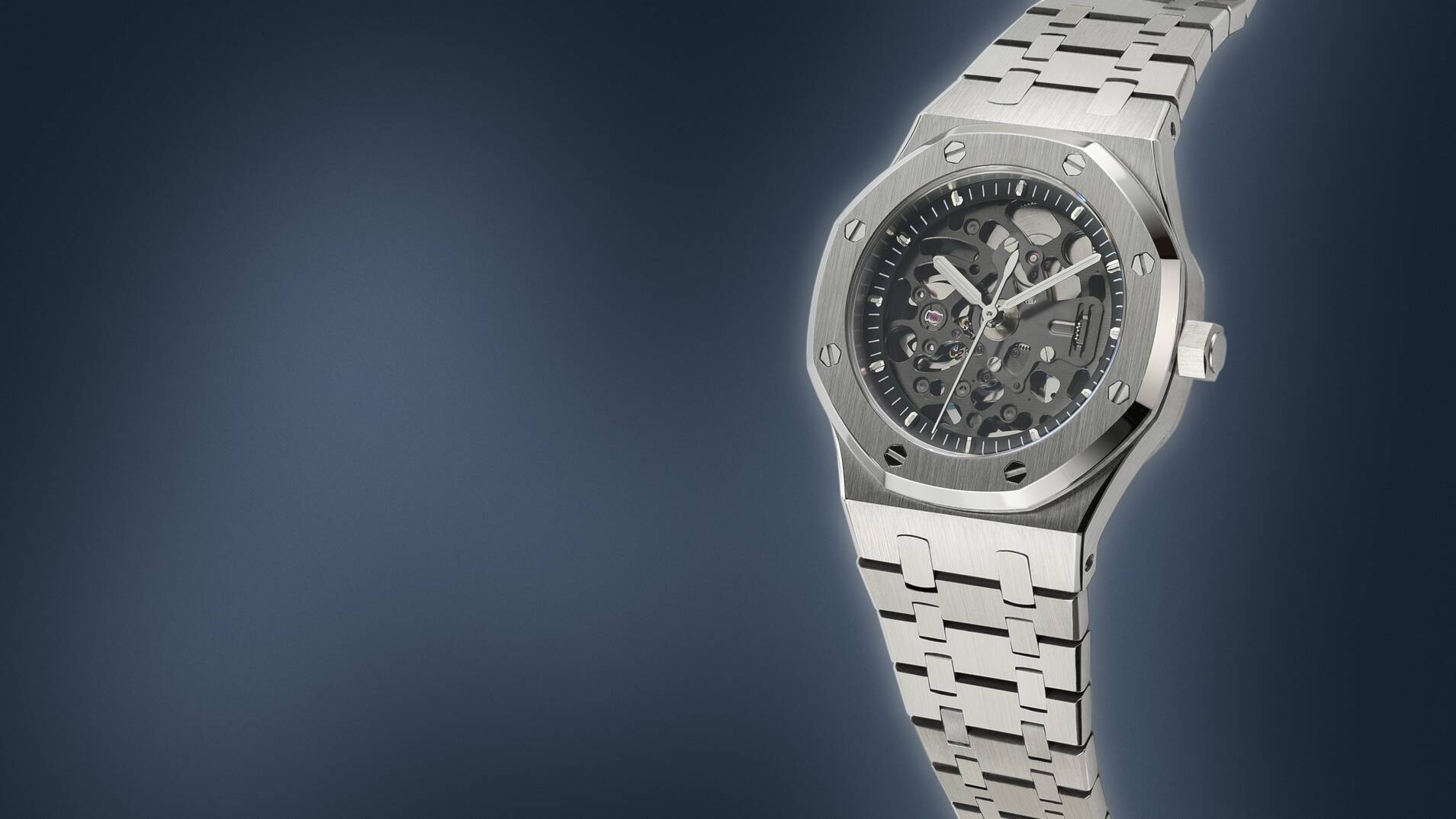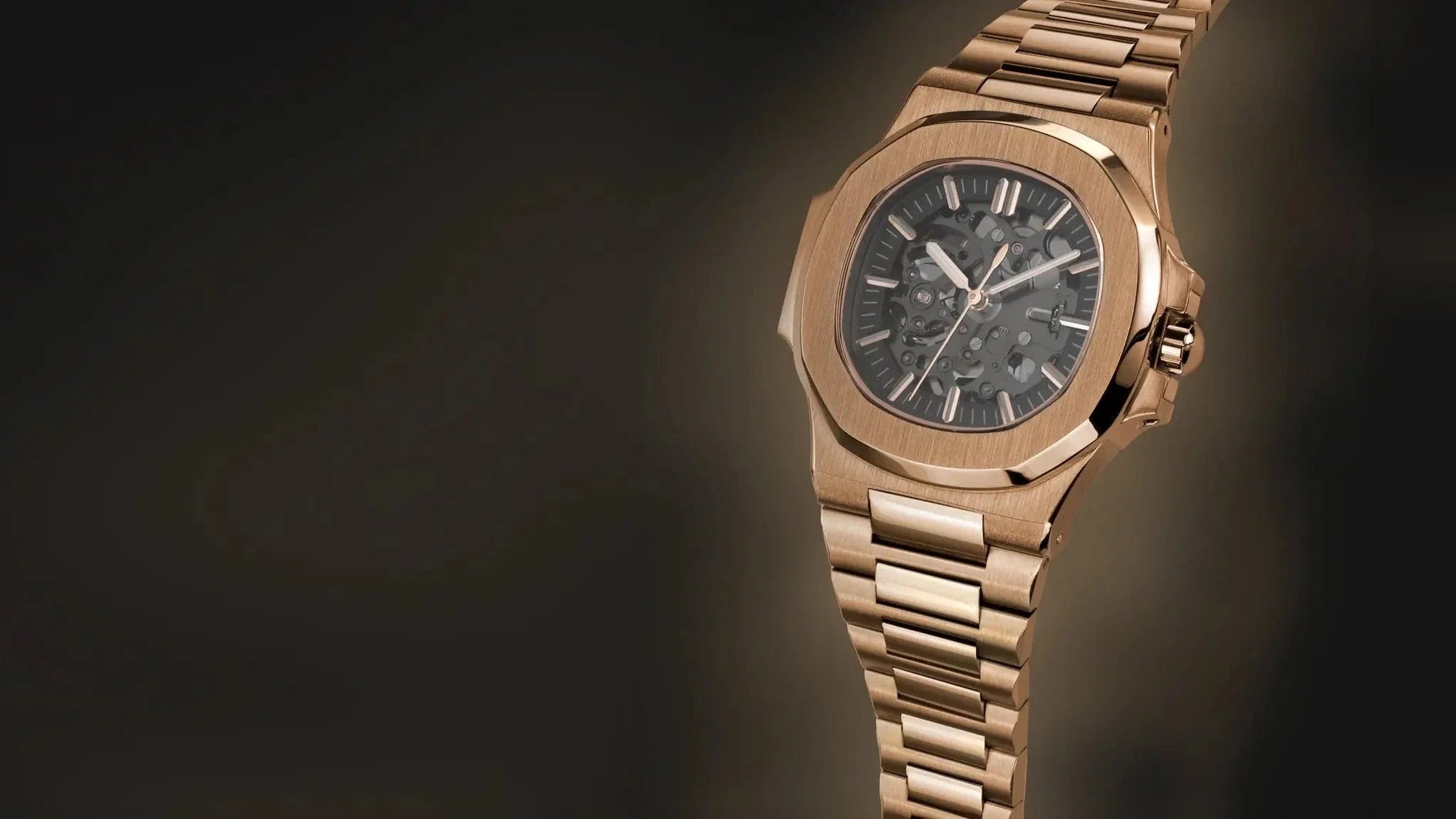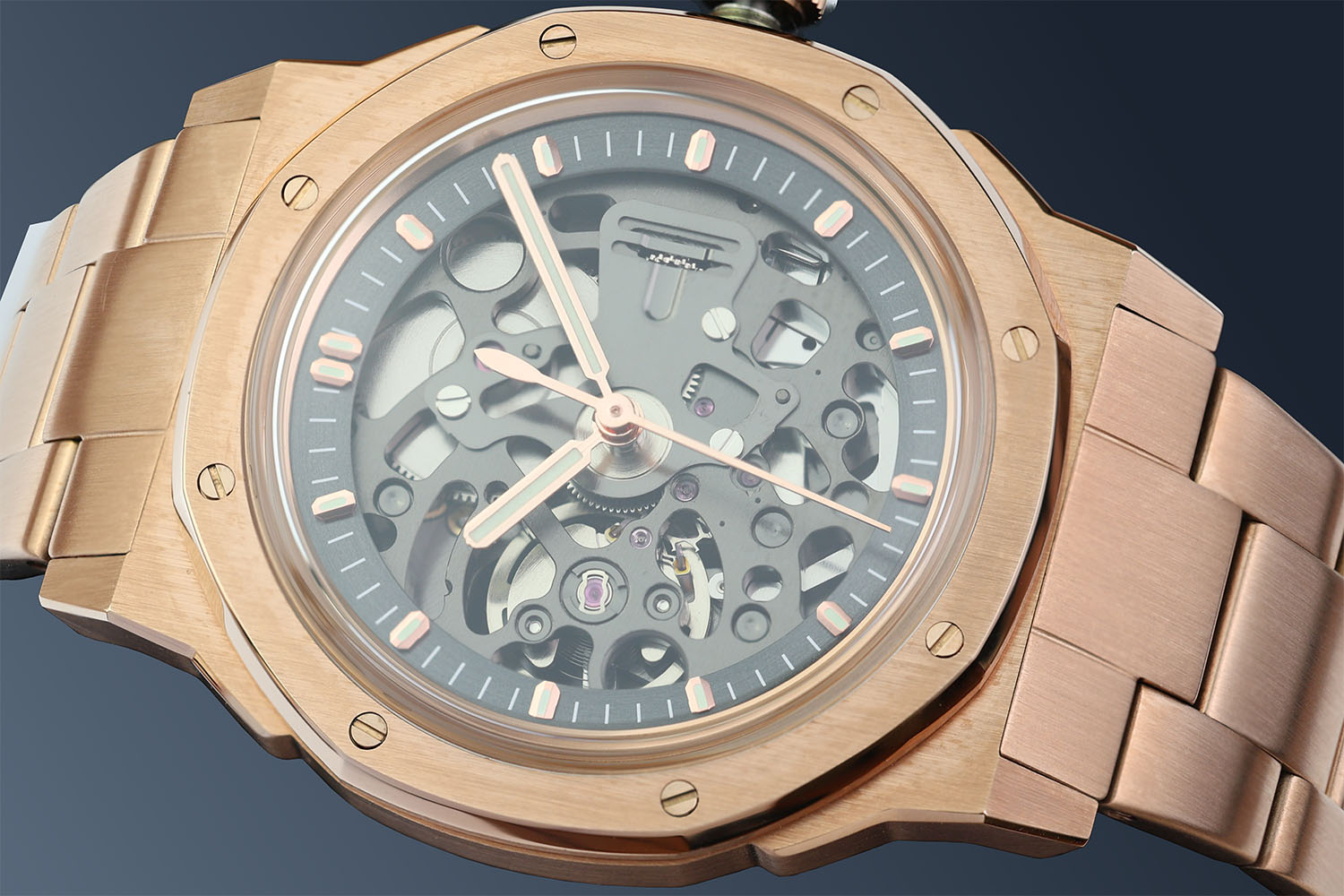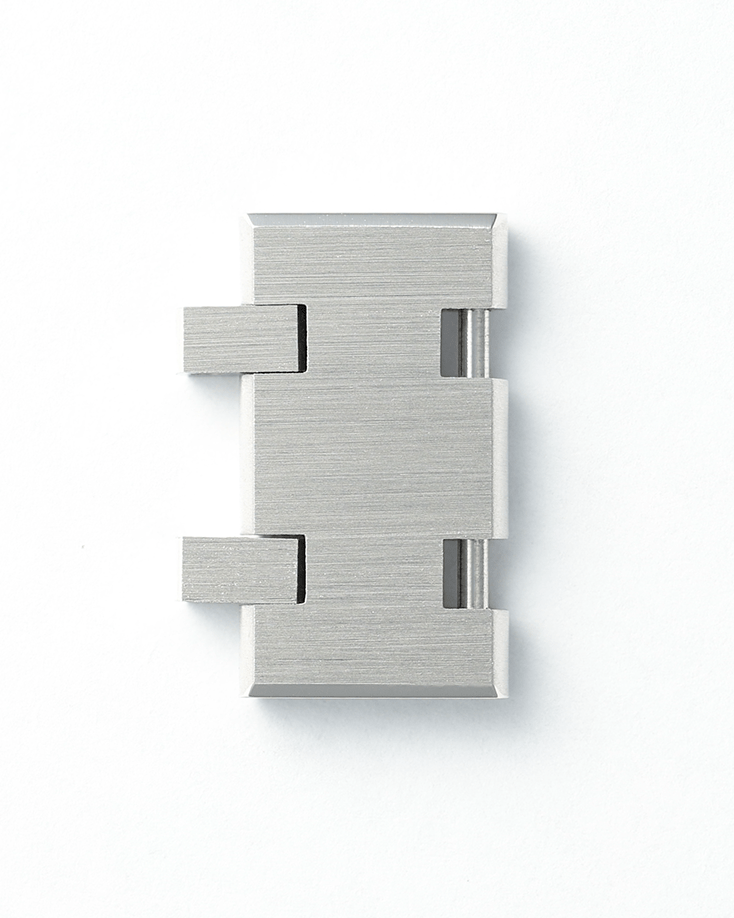Sapphire vs Hardlex Crystals – The Right Choice for Seiko Mods
Watch enthusiasts often face a crucial decision when modifying their Seiko watches: choosing the right crystal. The crystal is a vital component that protects the dial and affects the overall aesthetic of the timepiece. Seiko mods have gained popularity, and with that comes the need to understand the differences between various crystal types.
Two popular options for Seiko modifications are Sapphire and Hardlex crystals. While both serve the same purpose, they have distinct characteristics that set them apart. Understanding these differences is key to making an informed decision.

When it comes to seiko sapphire crystal mod, the choice between Sapphire and Hardlex crystals can be daunting. This article aims to guide you through the process, highlighting the pros and cons of each option.
Key Takeaways
- Understand the differences between Sapphire and Hardlex crystals
- Learn about the characteristics of each crystal type
- Make an informed decision for your Seiko mods
- Discover the pros and cons of Sapphire and Hardlex crystals
- Choose the right crystal for your watch modification needs
Understanding Watch Crystals and Their Importance
Watch crystals are not just a protective barrier; they are an integral part of the watch's design and functionality. The crystal, or face glass, is the outermost layer that protects the watch's dial and movement from external damage.
The Role of Watch Crystals in Protection and Aesthetics
Watch crystals serve two primary purposes: protection and aesthetics. They shield the watch's internal mechanisms from dust, moisture, and physical damage, ensuring the longevity of the timepiece. A high-quality crystal can significantly enhance the watch's appearance, providing a clear view of the dial and adding to the overall visual appeal.
As John Doe, a renowned watchmaker, once said, "A good watch crystal is like a good pair of glasses for your watch; it protects and enhances the view." This emphasizes the importance of selecting the right crystal for your watch.
Why Crystal Selection Matters for Seiko Modifications
For those who enjoy modifying their Seiko watches, the choice of crystal is particularly important. Different crystals can dramatically alter the look and feel of the watch. For instance, a sapphire crystal can add a premium touch, while a Hardlex crystal might be preferred for its durability and affordability.
The best crystal for Seiko mods depends on the desired balance between aesthetics, durability, and cost. Understanding the characteristics of different crystals is crucial for making an informed decision.
What is Hardlex Crystal? Seiko's Proprietary Material
The Hardlex crystal, Seiko's answer to more expensive sapphire crystals, provides a cost-effective solution without compromising on quality. This proprietary material is designed to offer a balance between durability and optical clarity, making it a popular choice among Seiko watch enthusiasts.
Composition and Manufacturing Process
Hardlex crystal is a type of mineral glass that is manufactured using a specialized process. It is known for its high hardness and resistance to scratches. The manufacturing process involves a combination of materials that are carefully mixed and then molded into the desired shape. This process allows for a high level of precision and consistency in the final product.
Key aspects of the manufacturing process include:
- Material selection and mixing
- Molding and shaping
- Heat treatment for enhanced durability
Standard Applications in Seiko Watches
Hardlex crystal is widely used in various Seiko watch models due to its excellent balance of properties. It is particularly favored in watches where durability is a key consideration. Seiko's use of Hardlex crystal in their watches ensures that they can offer high-quality timepieces at a more affordable price point compared to those with sapphire crystals.
Some of the standard applications include:
| Watch Model | Crystal Type | Notable Features |
|---|---|---|
| Seiko 5 | Hardlex | Automatic, day-date display |
| Seiko Prospex | Hardlex | Dive watch, high durability |
| Seiko Presage | Hardlex/Sapphire | Dress watch, elegant design |
Technical Specifications and Properties
The technical specifications of Hardlex crystal are crucial in understanding its performance. Two key aspects are its hardness rating on the Mohs scale and its optical properties.
Hardness Rating on the Mohs Scale
Hardlex crystal has a hardness rating that makes it resistant to scratches and wear. While it is not as hard as sapphire, it offers a good balance between cost and performance.
Optical Properties
The optical properties of Hardlex crystal, including its clarity and light transmission, are designed to provide a clear and legible dial. Seiko's manufacturing process ensures that the crystal has minimal distortion and high transparency.
As noted by a watch expert:
"Hardlex crystal represents a significant advancement in watch materials, offering a practical solution for everyday wear without the high cost associated with sapphire crystals."
What is Sapphire Crystal? The Premium Alternative
In the realm of high-end watch modifications, sapphire crystal is often considered the gold standard. Its exceptional hardness and premium quality make it a sought-after choice for watch enthusiasts looking to upgrade their timepieces, particularly for popular Seiko models like the SKX007.
Composition and Manufacturing Process
Sapphire crystal is made from synthetic sapphire, a form of corundum (aluminum oxide). The manufacturing process involves growing sapphire crystals through a method known as the Kyropoulos process or Czochralski method, which produces a highly pure and hard crystal.
The grown crystal is then cut and polished to fit the watch case, a process that requires high precision to maintain the crystal's integrity and optical clarity.
Why Sapphire is Considered Premium
Sapphire crystal is prized for its scratch resistance and clarity. According to a watch industry expert, "Sapphire crystal offers unparalleled protection against scratches, making it ideal for everyday wear." Its premium status is also due to its ability to be treated with anti-reflective coatings, enhancing its aesthetic appeal.
Technical Specifications and Properties
Sapphire crystal boasts impressive technical specifications, including a high hardness rating and excellent optical properties.
Hardness Rating on the Mohs Scale
Sapphire crystal has a hardness rating of 9 on the Mohs scale, making it one of the hardest materials used in watchmaking, second only to diamond.
Optical Properties
The optical properties of sapphire crystal, including its clarity and light transmission, are highly regarded. It can be treated with various coatings to reduce glare and enhance visibility under different lighting conditions.
Sapphire vs Hardlex: Direct Comparison of Key Properties
Sapphire and Hardlex crystals are two popular options for watch modifications, but they differ significantly in several key areas. Understanding these differences is crucial for making an informed decision when choosing the right crystal for your Seiko watch.
Scratch Resistance Comparison
One of the primary considerations when selecting a watch crystal is its scratch resistance. Sapphire crystal, known for its exceptional hardness, ranks 9 on the Mohs scale, making it highly resistant to scratches. Hardlex, on the other hand, is a proprietary material developed by Seiko, offering a good balance between scratch resistance and impact resistance, though it doesn't match Sapphire's hardness.
Scratch Resistance Test Results:
| Crystal Type | Mohs Hardness | Scratch Resistance |
|---|---|---|
| Sapphire | 9 | Excellent |
| Hardlex | 6-7 | Good |
Impact Resistance and Shatter Risk
While Sapphire excels in scratch resistance, its brittleness can be a drawback when it comes to impact resistance. Hardlex, being more flexible, can absorb impacts better than Sapphire, reducing the risk of shattering upon impact.
"The flexibility of Hardlex makes it less prone to shattering compared to Sapphire, which can be a critical factor for watches that are subject to heavy use."
Clarity and Light Transmission
Both Sapphire and Hardlex offer excellent clarity, but Sapphire has a slight edge in terms of light transmission due to its superior material properties. This results in a clearer and more vibrant dial appearance.
https://www.youtube.com/watch?v=OSoj4WYOshE
Weight and Thickness Considerations
The weight and thickness of the crystal can affect the overall feel and appearance of the watch. Generally, Sapphire crystals are thinner and lighter than their Hardlex counterparts, which can be a consideration for watch enthusiasts looking for a specific aesthetic or feel.
In conclusion, the choice between Sapphire and Hardlex crystals depends on the individual's priorities regarding scratch resistance, impact resistance, clarity, and weight considerations. By understanding these key properties, watch enthusiasts can make an informed decision that best suits their needs.
Aesthetic Differences Between Sapphire and Hardlex
When it comes to watch crystals, the choice between Sapphire and Hardlex significantly impacts the overall aesthetics of a timepiece. The aesthetic differences between these two materials are not just about looks; they also affect how the watch interacts with light and how the dial appears to the viewer.
Reflectivity and Glare
Sapphire crystals, known for their premium quality, often exhibit a higher level of reflectivity compared to Hardlex. This can result in a more vibrant appearance but may also increase glare, especially under certain lighting conditions. Sapphire's reflectivity can enhance the watch's visibility but might require additional coatings to mitigate glare.
AR Coating Options
Anti-Reflective (AR) coating is a critical feature for reducing glare on both Sapphire and Hardlex crystals. While Sapphire crystals more frequently come with AR coatings due to their higher refractive index, Hardlex crystals can also benefit from this technology, albeit less commonly. The application of AR coating significantly improves the watch's readability, especially in bright environments.
Visual Impact on Dial Appearance
The choice between Sapphire and Hardlex affects not just the crystal itself but also how the dial appears. Sapphire crystals tend to offer superior clarity and light transmission, making the dial colors more vivid. Under this crystal, the dial's color rendering is more accurate, and the overall appearance is more luxurious.
Color Rendering
Sapphire crystals generally provide a more accurate color representation due to their high light transmission properties. This means that the dial's colors appear more vivid and true to their original hue.
Distortion at Angles
When viewed at different angles, Sapphire crystals can sometimes exhibit a slight distortion due to their refractive index. However, this is often mitigated by the application of AR coatings. Hardlex, being less prone to such distortions, offers a more consistent appearance across viewing angles.
In conclusion, the aesthetic differences between Sapphire and Hardlex crystals are significant, influencing not just the watch's appearance but also its functionality in various lighting conditions. Understanding these differences is crucial for watch enthusiasts and collectors looking to modify their timepieces.
Durability Face-Off: Which Crystal Lasts Longer?
For Seiko watch enthusiasts, the choice between Sapphire and Hardlex crystals hinges significantly on durability. The longevity and performance of a watch are directly influenced by the crystal's ability to withstand wear and tear.
Real-World Durability Tests
Real-world durability tests provide valuable insights into how Sapphire and Hardlex crystals perform under various conditions. These tests typically involve subjecting the crystals to controlled impacts, scratches, and other forms of stress to evaluate their resistance and durability.
Sapphire Crystal is known for its exceptional scratch resistance due to its high hardness rating on the Mohs scale. However, it can be prone to shattering upon impact.
Hardlex Crystal, on the other hand, offers a balance between scratch resistance and impact resistance, making it a practical choice for everyday wear.

Long-Term Wear Patterns and Aging
Long-term wear patterns and aging are crucial factors in determining the durability of watch crystals. Daily wear scenarios and active or sports usage can significantly affect how a crystal ages over time.
Daily Wear Scenarios
In daily wear scenarios, both Sapphire and Hardlex crystals exhibit different wear patterns. Sapphire crystals tend to retain their clarity and scratch resistance over time, while Hardlex crystals may show minor scratches but generally remain intact.
Active/Sports Usage Considerations
For active or sports usage, the durability of the crystal is put to the test. Sapphire crystals, despite their scratch resistance, can be more susceptible to damage from high-impact activities. Hardlex crystals, with their enhanced impact resistance, may fare better in such scenarios.
| Crystal Type | Scratch Resistance | Impact Resistance |
|---|---|---|
| Sapphire | High | Low |
| Hardlex | Medium | High |
Cost Analysis: Investment vs. Value for Seiko Mods
Seiko modders must weigh the costs and benefits of different crystal types when upgrading their watches. The choice between Sapphire and Hardlex crystals is not just about aesthetics or durability; it's also a significant financial decision.
Price Range for Sapphire Crystal Replacements
Sapphire crystal replacements are generally more expensive than their Hardlex counterparts. The price can range from $50 to over $200, depending on the quality, thickness, and whether it's pre-coated or not. For instance, a high-quality Sapphire crystal with anti-reflective coating can cost upwards of $150. Here are some key factors that influence the price:
- Thickness and durability
- Coating options (AR, mirror finish)
- Brand reputation and quality control
Price Range for Hardlex Crystal Replacements
Hardlex crystal replacements are typically more affordable, with prices ranging from $10 to $50. The cost variation depends on the specific Seiko model it's designed for and the vendor's pricing strategy. Hardlex crystals are often considered a cost-effective alternative without a significant compromise on quality.
Long-Term Value Considerations
When evaluating the long-term value, Sapphire crystals offer superior scratch resistance, potentially reducing the need for future replacements. However, their higher upfront cost needs to be justified by the watch's overall value and usage. On the other hand, Hardlex crystals, while more affordable, might require more frequent replacements, affecting their long-term cost-effectiveness.
In conclusion, the choice between Sapphire and Hardlex crystals for Seiko mods should be based on a thorough cost-benefit analysis, considering both the initial investment and the long-term value.
Popular Seiko Models and Their Ideal Crystal Upgrades
For Seiko aficionados, selecting the perfect crystal upgrade can elevate their watch. Seiko offers a diverse range of models, each with its unique characteristics and requirements. Understanding the ideal crystal upgrades for popular Seiko models can help enthusiasts make informed decisions.
Sapphire Crystal SKX007 Modifications
The SKX007 is a beloved Seiko model among collectors. Upgrading to a sapphire crystal can enhance its durability and aesthetic appeal. Sapphire crystals offer superior scratch resistance, making them an excellent choice for this popular diver's watch.
- Improved scratch resistance
- Enhanced clarity and light transmission
- Aesthetic upgrade with minimal visual impact
Crystal Options for Seiko Turtle and Samurai
The Seiko Turtle and Samurai are iconic models that benefit from crystal upgrades. While both models can accommodate sapphire crystals, some owners prefer Hardlex for its impact resistance. The choice between sapphire and Hardlex depends on the owner's priorities: durability or potential impact resistance.

Presage and Prospex Line Considerations
For the Presage and Prospex lines, crystal upgrades can significantly enhance the watch's overall appearance and durability. Sapphire crystals are often recommended for these models due to their premium feel and resistance to scratches.
- Sapphire crystals for enhanced durability
- AR coating options for reduced glare
- Consideration of case size and thickness
Vintage Seiko Models and Crystal Compatibility
Vintage Seiko models require special consideration when it comes to crystal upgrades. Ensuring compatibility with the original case and dial is crucial. Some collectors prefer original Hardlex replacements, while others opt for sapphire crystals for added durability.
Case Size Considerations
When upgrading crystals on vintage Seiko models, case size is a critical factor. Larger crystals may not fit smaller cases, and vice versa.
Thickness and Clearance Issues
Crystal thickness can affect the watch's overall profile and clearance. Thicker crystals may require case modifications to fit properly.
Conclusion: Making the Right Crystal Choice for Your Seiko
When it comes to Seiko mods, selecting the right crystal is crucial for both aesthetics and durability. Throughout this article, we've explored the differences between Sapphire and Hardlex crystals, including their composition, manufacturing process, and technical specifications.
The decision between Sapphire and Hardlex ultimately depends on your specific needs and preferences. If you're looking for a premium, scratch-resistant option and are willing to invest in it, Sapphire crystal might be the ideal choice for your Seiko watch modification.
On the other hand, if budget is a concern and you're seeking a balance between protection and cost, Hardlex crystal is a viable alternative that still offers good durability. When choosing the right crystal for your Seiko mod, consider factors such as your watch's intended use, personal style, and budget constraints.
By weighing these factors and understanding the characteristics of each crystal type, you can make an informed decision that enhances both the functionality and appearance of your Seiko watch.
FAQ
What is the main difference between Sapphire and Hardlex crystals for Seiko mods?
The primary difference lies in their material composition and properties, with Sapphire being more scratch-resistant and Hardlex offering a balance between scratch resistance and impact resistance.
Is Sapphire crystal worth the extra cost for Seiko modifications?
For those seeking premium durability and aesthetics, Sapphire crystal is a worthwhile investment, especially for models like the Sapphire Crystal SKX007 mod.
Can I replace the Hardlex crystal with Sapphire on my Seiko watch?
Yes, it is possible to replace Hardlex with Sapphire crystal on many Seiko models, but it's essential to consider factors like case size, thickness, and clearance.
How do I choose between Sapphire and Hardlex crystals for my Seiko mod?
Consider your priorities: if you value high scratch resistance and are willing to invest, Sapphire is a good choice. For a more budget-friendly option with a balance of properties, Hardlex might be preferable.
Are there any specific Seiko models that benefit more from Sapphire crystal upgrades?
Models like the SKX007, Seiko Turtle, and Samurai can benefit from Sapphire crystal upgrades, enhancing their durability and aesthetic appeal.
What are the implications of using an AR coating with Sapphire or Hardlex crystals?
AR coating can reduce glare and improve visibility under various lighting conditions for both Sapphire and Hardlex crystals, but its effectiveness can vary based on the crystal type and coating quality.
How does the hardness rating of Sapphire compare to Hardlex on the Mohs scale?
Sapphire crystal has a higher hardness rating on the Mohs scale compared to Hardlex, making it more resistant to scratches.
Can the choice of crystal affect the dial appearance of my Seiko watch?
Yes, the choice between Sapphire and Hardlex crystals can impact the dial's appearance due to differences in reflectivity, glare, and color rendering.










